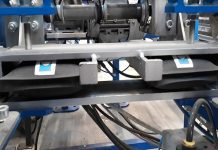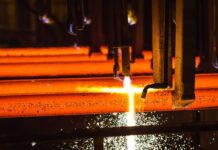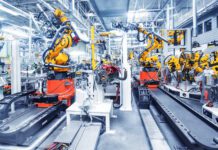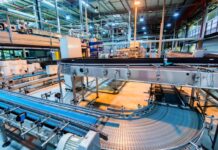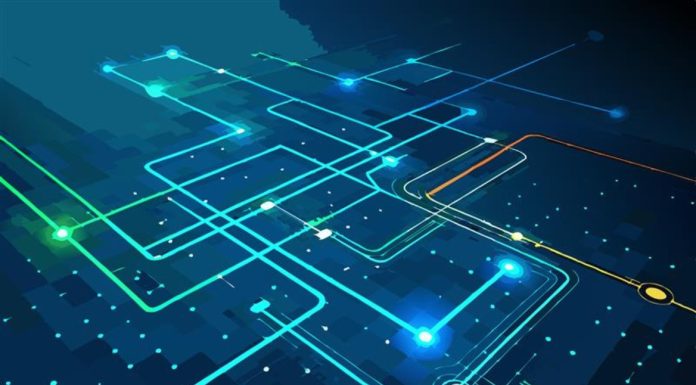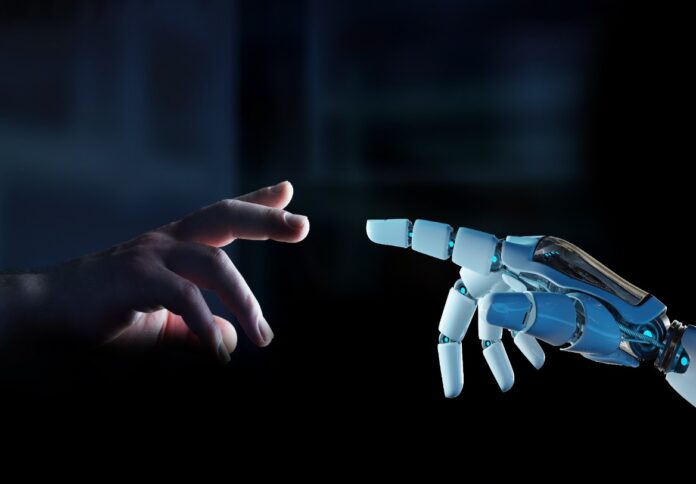
By Terry Smagh, Senior Vice President and General Manager, Asia Pacific and Japan at Infor
Walk into almost any Australian factory today and you’ll see the signs of digital transformation in action. Intelligent machines hum across the floor, data dashboards flicker with real-time insights, and automation that streamlines processes with remarkable efficiency is easily visible.
It’s a powerful sight. But while the machines may be getting smarter, the demands on people are growing too. Manufacturers are now facing a new kind of skills shortage; one that centres on those who can operate, interpret, and optimise advanced technologies. And the gap is widening fast, with a 22.7% difference in skilled worker access between the most and least productive organisations.
This disparity is no accident. The businesses pulling ahead are those investing in technology as well as the people who can make it work – especially in areas tied to new methodologies, automation, and advanced digital tools.
Tech alone won’t fix the factory floor
There’s a common misconception that smart technology means fewer people. That with the right AI or automation platform, operations can simply run themselves.
But that’s not the case on the factory floor. In fact, the reality is far more nuanced.
Yes, automation is streamlining repetitive tasks. AI is flagging issues before they happen. And advanced analytics is bringing a new level of precision to forecasting and planning. But it’s the human workforce that brings judgement, context, and adaptability. All skills that are becoming increasingly important as operations become more digital and data-driven.
Ignoring this balance is where organisations risk stumbling. It’s not enough to invest heavily in new platforms, if you are failing to ensure teams can use them effectively. Take AI-powered production scheduling. These systems can optimise shift patterns, flag late shipments, or even forecast defects. However, without someone to interpret those insights, sense-check the logic, or adapt plans to on-the-ground realities, the tech loses value.
Tools on their own won’t deliver results. But teams using them effectively will.
Smart systems, smarter roles
Despite all this, two-thirds of CIOs in Australia struggle to justify IT investments, according to ADAPT. And given today’s economic uncertainty, this is incredibly understandable. But while caution might offer short-term financial comfort, it can also create long-term competitive risk.
The companies pulling ahead are those that see workforce development as a strategic asset. In fact, those seen as the most productive are already investing 26.2% more in workforce development than their peers. This is often in areas like GenAi and Agentic agents to automate and support operator activities, providing guided task management and linking rewards and incentives to the attainment of new Operator skills. All essential in the years ahead.
But to build a sustainable pipeline of talent, manufacturers need to go beyond this and take a longer-term view. The roles emerging in manufacturing today look very different to those of ten years ago. They require fluency in technologies like machine learning, robotic process automation, and digital twin simulation.
Building the right pipeline
This often means supplementing traditional training approaches, which aren’t enough anymore. Such initiatives could include partnering with local education providers, creating internal academies for upskilling existing staff, or rotating workers through different departments to build broader systems knowledge.
Indeed, some manufacturers are even collaborating directly with organisations like the Manufacturing Industry Skills Alliance, or tapping into government schemes like Victoria’s Digital Jobs for Manufacturing Program to align technical needs with future hiring pipelines.
At the same time, fostering trust and transparency around the tools cannot be ignored. Put simply, if manufacturers want to succeed in overcoming the skills gap, they can’t afford not to bring their people along for the journey. Because if employees don’t understand the tools, or worse, don’t trust them, the technology will add friction rather than removing it.
Instead, employees should be included in early conversations. Focusing communications on conveying the “why” behind the changes and clearly showing how roles will evolve. This is what will truly accelerate adoption.
Getting future-ready
Australia has a proud manufacturing history, but legacy alone won’t carry the industry forward. Manufacturers must now operate with speed and agility. This means having the right people, with the right tools, making the right decisions.
We often talk about resilience in terms of systems. But human resilience is just as important. When your workforce is confident, well-trained, and equipped with the right support, the organisation becomes more adaptive and ultimately more competitive.
To try and choose between tech and talent, is missing the mark. The manufacturers who understand this, who invest in people as much as platforms, will bridge today’s skills gap and future-proof their businesses for the challenges and opportunities ahead.


